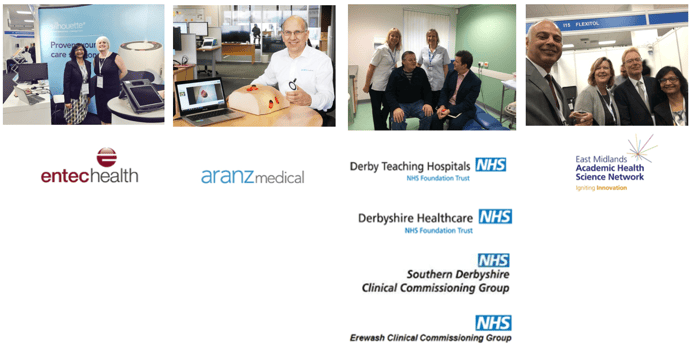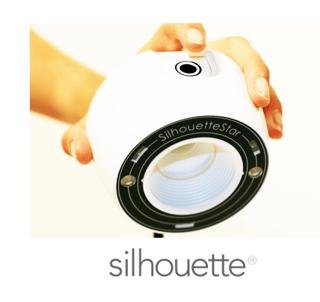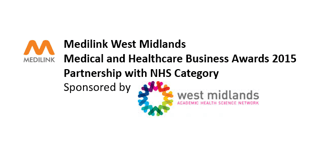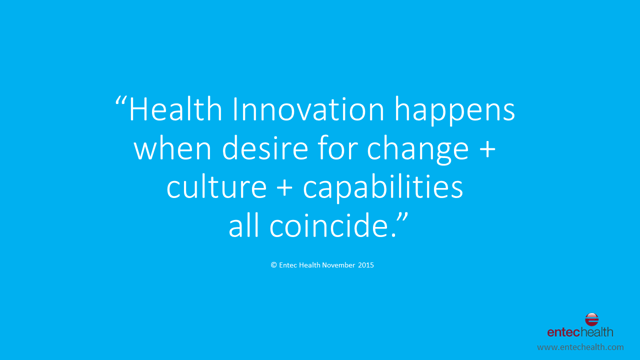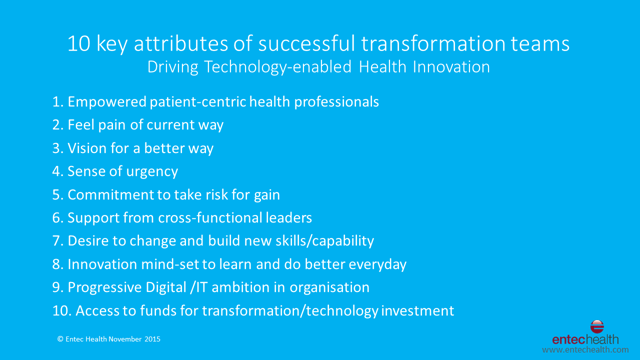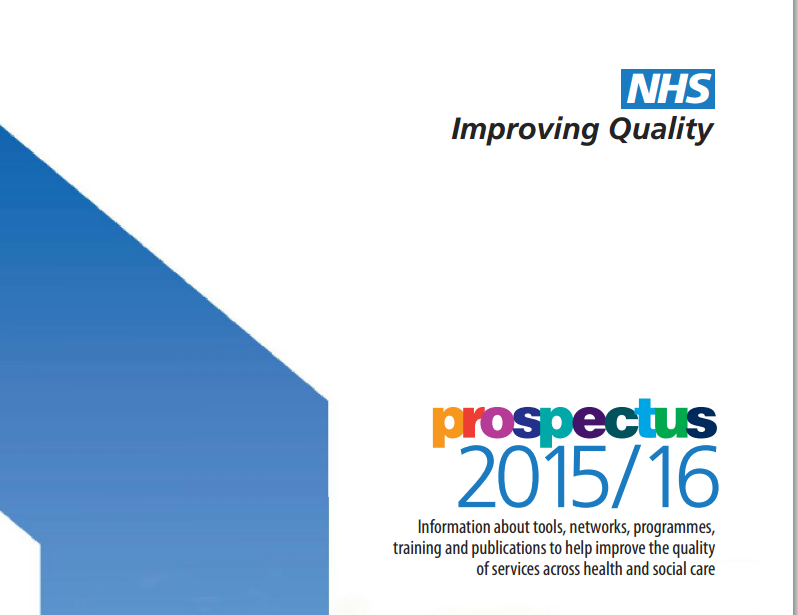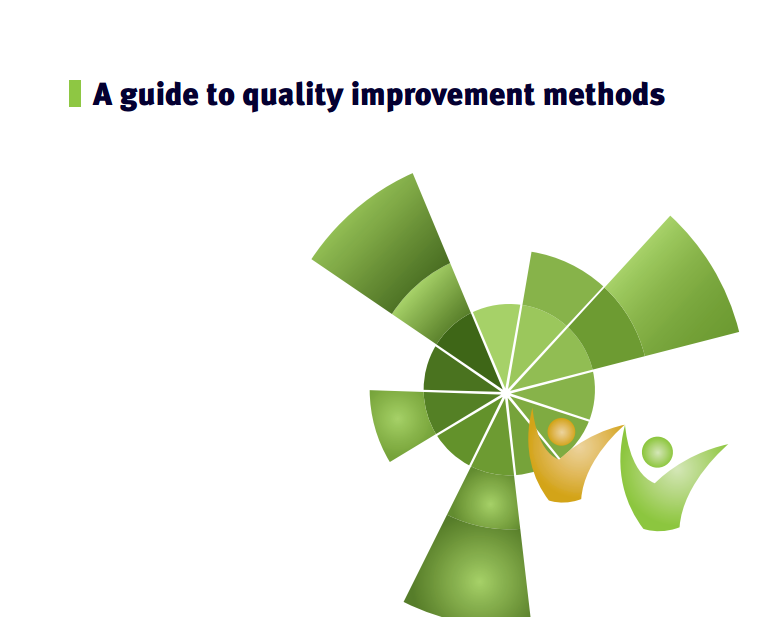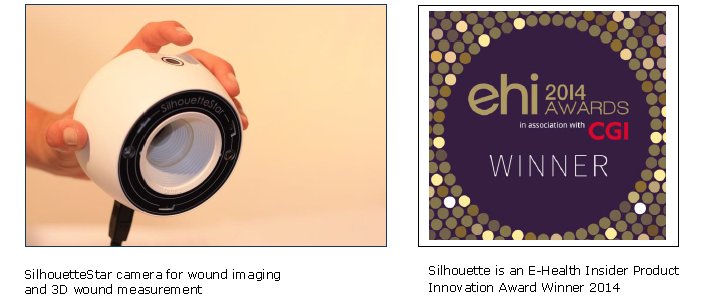
The Diabetes Foot Care Innovation team at The HSJ Partnership Awards Night, London, 8 March 2018
The Health Service Journal (HSJ) has announced Entec Health and its collaboration partners as finalists for the best innovation in medical technology category. This recognition is for the novel 3D digital wound assessment technology, Silhouette®, which is enabling effective care of patients with diabetes foot ulceration within acute and community settings.
The Silhouette 3D measurement technology accurately maps ulcer size, progress and response to treatment. The system allows accurate assessment of foot ulcers at the point of care, together with remote access to progress data in real time for all members of the care team.
The significant milestone of being recognised as finalists, comes after successful adoption of Silhouette by Derby Teaching Hospitals NHS Foundation Trusts and Derbyshire Community Healthcare Services NHS Trust, where staff and patient feedback has been extremely positive.
The initiative has been funded and supported by East Midlands Academic Health Science Network (EMAHSN).
Silhouette has enabled care closer to home for the Southern Derbyshire integrated diabetes foot care pathway. Being seen in the community means reducing the number of outpatient appointments taking place at the hospital out-patient clinic; freeing up time for patients and making it easier to attend appointments.
“I am delighted for Entec Health to be a finalist for the 2018 HSJ Partnership Awards. This is welcome recognition for the tremendous collaboration with our NHS partners, a Diabetes Innovation project supported by EMAHSN. Congratulations and well done to the team for developing and launching a new model of diabetes foot care in Southern Derbyshire, enabled by Silhouette. Great to see everyone’s effort and commitment to go the extra mile acknowledged.” Achala Patel, Managing Director, Entec Health
You can see more on the project and Silhouette technology in this BBC East Midlands Today news report:
 Silhouette on the news © BBC East Midlands Today
Silhouette on the news © BBC East Midlands Today
“As a result of implementing the Silhouette system, we have been able to safely transfer an increasing portion of patients for treatment in community clinics and have improved waiting times in our out-patient clinic. Importantly, patients are happy with the new model of care. In a survey following introduction of digital ulcer assessment, 71% of patients reported a greater confidence in the care they had received. We are using the Silhouette system to generate automated reports for the GPs which has led to efficiencies and a significant reduction in administration burden for the clinic.”
Professor Fran Game, Consultant Diabetologist, Clinical Director R&D, Derby Teaching Hospitals NHS Foundation Trust.
Download the EMAHSN Impact Report here
Contact achalapatel@entechealth.com to request the EMAHSN Diabetes Foot Digital Solution Business Case.
With 6,000 patients with diabetes needing leg, foot or toe amputations per year, the total NHS spend on ulceration/ amputation is an estimated £651 million, in England. It is widely reported amputation and ulceration can be avoided if proper care is taken at an early stage. NDFA Exec Report 2014 - 2016, published March 2017
Mike Hannay, Managing Director of the EMAHSN, said: “We are delighted that the partnership with Entec Health Ltd has been recognised at national level for its innovative use of technology to improve care for patients in our region. The Silhouette project is a fantastic demonstration of moving care out of hospital and closer to home which is both welcomed by patients and more sustainable for the NHS.”
Entec Health is an appointed distributor and market partner for Silhouette in the UK. Silhouette is developed and manufactured by ARANZ Medical Limited. Find out more about the projects and further impacts here.
EMAHSN Diabetes Digital Solution Collaboration Partners
